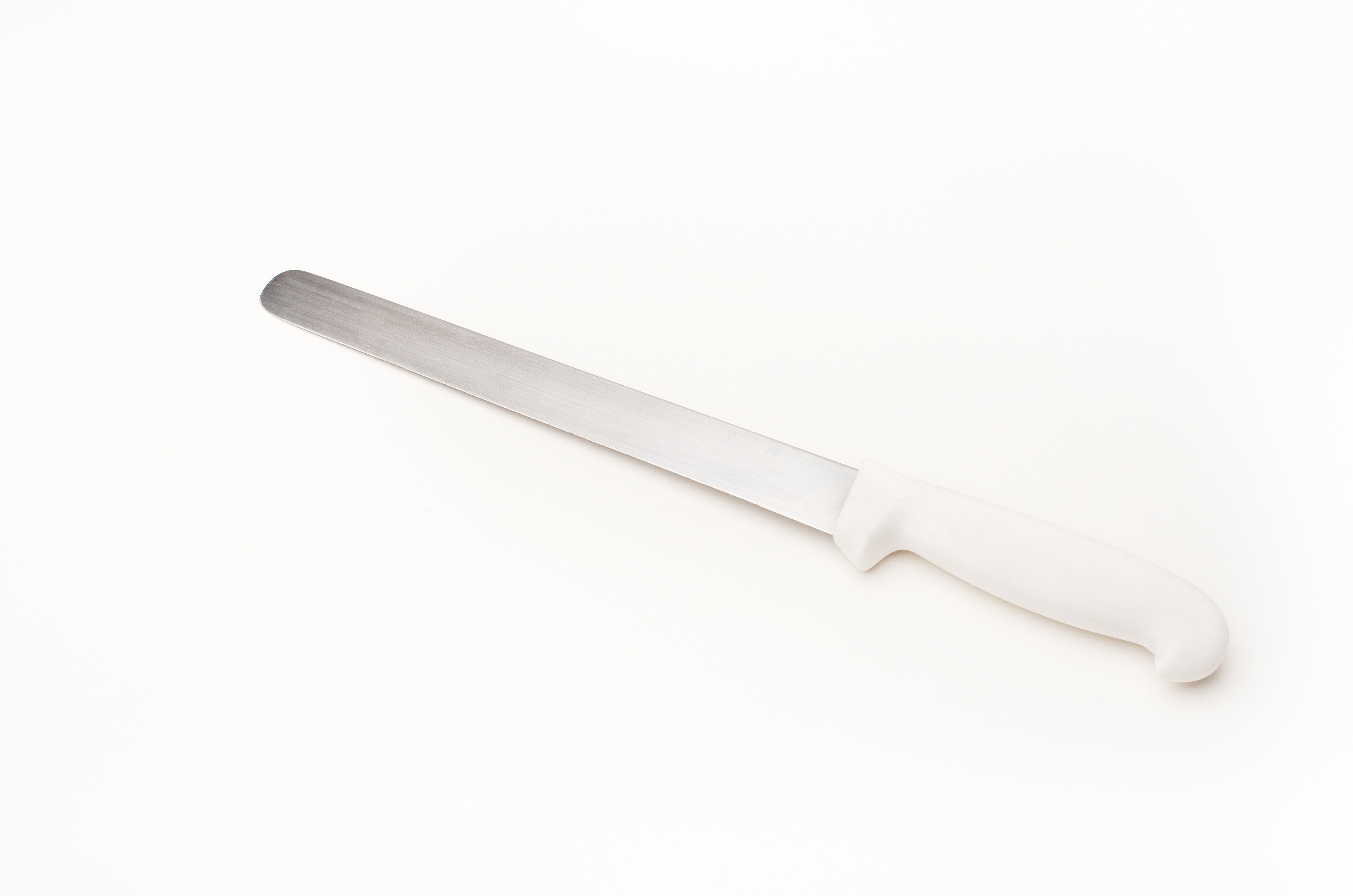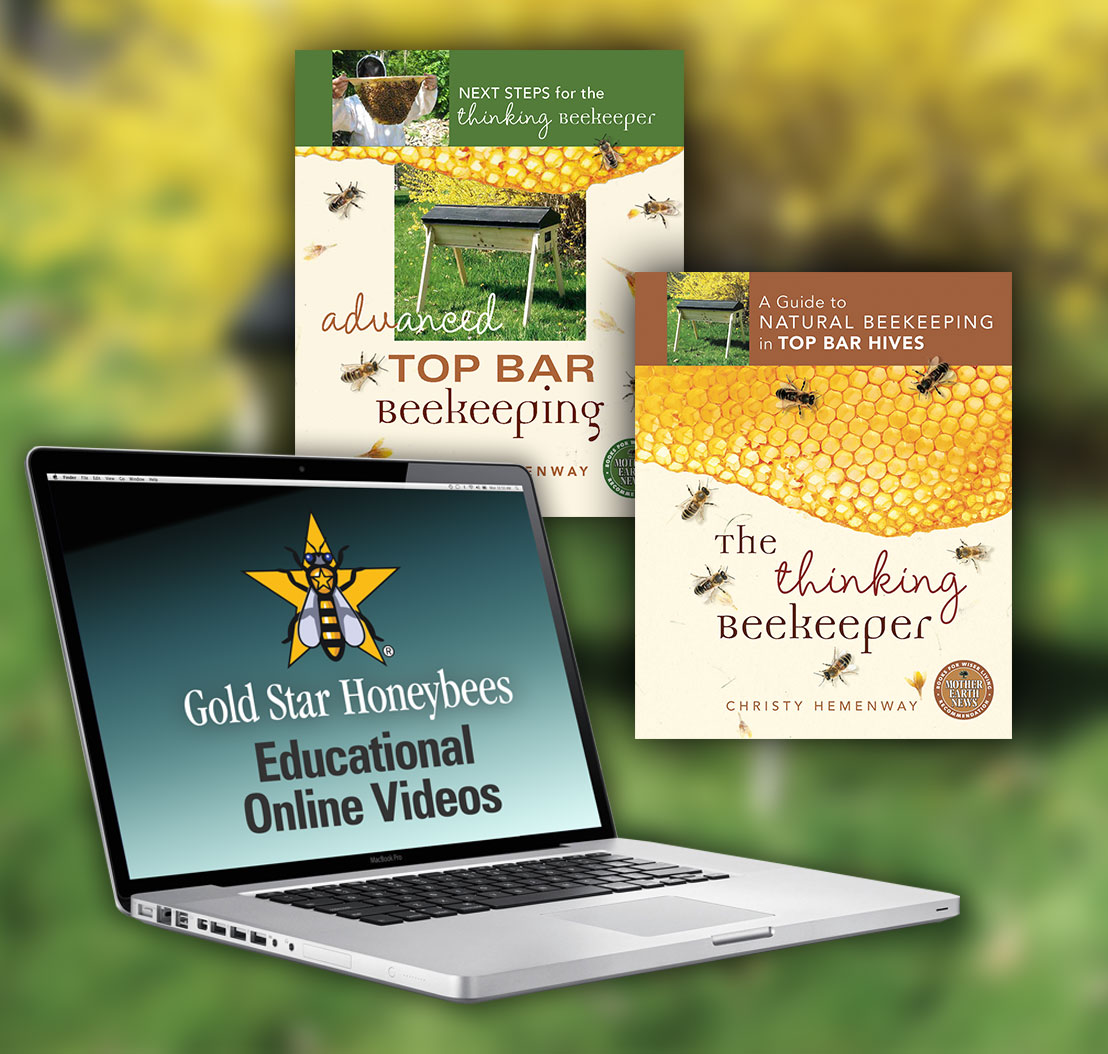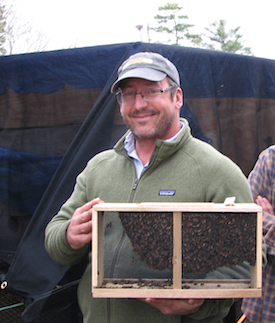Getting Started
Beginning Beekeeping - How To Get Started Keeping Bees in Top Bar Hives
Getting started keeping bees doesn't have to be overwhelming. Here's how to go about it.
The first thing is, you'll need some stuff:
And you'll need some information:
...and you'll need some bees!
1. A Beehive
A beehive is the box your bees live in. There are several choices in the US - Top Bar hives, Langstroth hives, Warre hives. Each has its particular focus. For the bees - top bar hives help them do what bees do best - and they do it all on clean, natural beeswax combs - made BY bees, FOR bees. No artificial foundation is needed. Gold Star Honeybees specializes in top bar hives. For the beekeeper, one of the best things about a top bar hive is its simplicity and ease of management. Have a look at Gold Star's top bar hives here.
A good rule of thumb is to start out keeping two hives, if you can, and the parts of both hives should be interchangeable with each other. This is helpful because bees in one hive can help solve problems in the other hive - especially the problem of queenlessness. Did you know that bees can turn a worker bee egg into a queen bee if they need to? It's true. It's a very special kind of bee magic. But the parts have to fit in both hives for this to be helpful.
It is also amazing how much faster you will learn about bees and beekeeping when starting with two hives - more than twice as fast, for sure!
In beekeeping, it is important to think ahead - because a hive of bees is constantly striving to "make more bees." That means, they are always working towards getting bigger, and preparing to reproduce, or swarm. So the proactive beekeeper is also thinking ahead to when they will need an additional hive to house a swarm. Having an empty hive available is always a good idea. We call this "staying ahead of your equipment curve."
To comply with a federal mandate dating back to the early 1900's, all US hives must have movable, inspectable combs. The top bars in a Gold Star hive meet this requirement. Gold Star top bars are also interchangeable with other top bar hives.
2. A feeder
In the wild, bees eat their own honey, but if you are just getting started, you probably don't have any honey* to feed them, so you will want to be able to offer them substitute food until they do have their own honey. You will want to be able to feed your bees liquid food in warm weather, solid food in cold weather.
Warm weather feeder (syrup):
When starting a brand new hive in the spring, your bees will need plenty of carbohydrates to help them build comb and get established. We recommend feeding a 1:1 (sugar:water) sugar syrup in an internal syrup feeder in the spring. Feeding inside the hive helps to prevent robbing from getting started, an important consideration because robbing can completely decimate a hive.
Cold weather feeder (fondant):
But - in the winter, bees must huddle together in a "cluster" for survival. This is how they stay warm - the warm bees in the center of the cluster trade places with the colder bees on the outside. They eat honey, and shiver their wing muscles - they are like tiny honey-burning furnaces. The center of the cluster is said to be 55 degrees! Since the bees cannot leave the cluster to visit a distant syrup feeder, their food must imitate their natural honeycomb and be accessible to them where they are. Hanging solid sugar-candy, or "fondant" down from the top bar above puts the food where they can reach it, just like honey in the comb.
Gold Star Honeybees offer feeders of both types - syrup and fondant.
*A word about feeding bees honey other than their own.
- If the honey comes from a treated hive, there is a risk that your bees can contract disease (most frighteningly, American FoulBrood) from that honey.
- Honey from the grocery store has likely been heated and has no more nutritional value than sugar syrup, and it may not be so pure as you would like.
3. A hive tool.
This is a tool that helps you inspect your hive - sometimes cutting, sometimes scraping, sometimes prying. A long straight-edge blade is crucial for helping to manage natural comb in a top bar hive. It is used to separate the top bars, to remove comb when harvesting honey, and for general cleanup and maintenance.
When the wax combs are new, the bees will often attach them to the sides of the hive for support - a bit like "tack-welding." This supports fresh new combs until they age a bit and the wax becomes stronger. The beekeeper must be alert for these attachments and gently cut through them, using a windshield wiper-like, swooping upwards technique, always cutting up from the bottom only - in order to be able to lift the combs from the hive to inspect them.
Here is the Gold Star hive tool.
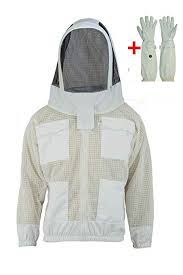
4. A veil and gloves.
Honeybees are not aggressive, but when they have important stuff to defend, like baby bees, or honey - they can be defensive. It's not fun to get stung, especially in the face... so, don't! A veil is a must-have item, and gloves are a good idea as well. As you gain in confidence, you will be less likely to use these since they tend to make you a little clumsy, but when you're starting out - it's a good idea to feel 'safe'. You'll be calmer and you'll do a better inspection, and you'll learn more that way. Here are some sources for veils and gloves.
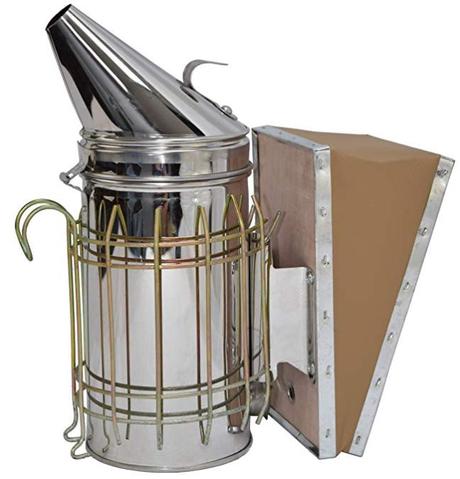
5. A smoker.
A smoker isn't always necessary, but it's a good tool to have on hand. Even if you never use it, you can set it on your fireplace mantel, and it will serve as a great conversation starter about beekeeping!
When the beekeepers opens their hive, they are essentially breaking into the bees' home. Who can blame the bees for being shocked and startled by this?
The design of a top bar hive exposes fewer bees to the elements during inspections. This tends to minimize their irritability when their hive is opened, so there is usually little need for a smoker when inspecting a top bar hive. However - a fully established hive full of brood comb and honey stores can be defensive of those precious things and smoking may be just the ticket to keep things moving along smoothly.
Please don't believe that smoke makes bees "calm. A bee's world is guided by smells and pheromones. Filling their environment with smoke does not calm them so much as it masks smells and pheromones, and this makes it very difficult for them to locate the source of a threat. The end result is that the beekeeper is less likely to get stung. Since bees die when they sting - smoking may very well save the lives of some bees!
Let your own confidence level be your guide regarding the use of a smoker. You don't need much - just a few quick puffs at the entrance, then wait about a minute before proceeding with your inspection.
6. How-To Information.
Beekeeping is both an art and a science. It is also a journey - an odyssey into a fascinating and magical world.
Christy Hemenway, the founder of Gold Star Honeybees, has published two books on top bar hive beekeeping. They are:The Thinking Beekeeper, and its sequel, Advanced Top Bar Beekeeping. Geared to support both novice and experienced beekeepers, each book provides thoughtful beekeepers with how-to answers and why-to reasons that work for the bees.
"The longer I keep bees, the more I realize just how privileged I am to be allowed to glimpse, and even touch the magic that is happening inside a colony of bees. There is more to know about bees than we will ever know, and as Thomas Edison once said, 'Until man duplicates a blade of grass, nature can laugh at his so-called scientific knowledge.' There is nothing like bees for keeping one humble!" -Christy Hemenway
You can purchase both of the Thinking Beekeeper books on Amazon, Barnes & Noble, in Public Libraries, Little Free Libraries, and at many independent bookstores as well.
Christy also teaches beekeeping classes. She offers a 2-hour introductory workshop entitled "How & Why To Keep Bees in Top Bar Hives" as well as an in-depth Weekend Intensive class on top bar beekeeping.
When COVID-19 came along, we recorded the entire Weekend Intensive class from Live Stream. It's available now on our Patreon channel. Become a Patron, and watch the whole class safe at home, even in your jammies if you want.
At Gold Star Honeybees, we are proud to be a part of your beekeeping journey.
7. Fellow Beekeepers.
Nothing adds to the depth and flavor of your beekeeping journey like CONNECT-ING with other beekeepers. While it is true that if you ask 10 beekeepers a question, you are likely to receive 11 (or more!) answers - still those who have "bee-n there" have a lot of deep knowledge.
Finding top bar hive beekeepers specifically can be challenging at the local level. We understand that. To make it easier, Gold Star Honeybees utilizes Groups in Facebook to help top bar hive beekeepers CONNECT on both a global and a local level. We sponsor a Global group, Local groups for all 50 US states, and groups for a growing list of individual countries as well. Are you on Facebook? You can connect with other top bar beekeepers there!
We always recommend joining your local bee club, too. The members will be an excellent source of information about many facets of beekeeping that are specific to your locale. They will know about weather, and plants, and nectar flow. They will be knowledgeable about relevant rules and regulations in your state. Most local groups also plan "open hive" events - where members can participate in hive inspections and see bees and beekeeping "in real life. Many groups also bring in interesting speakers - offering information about beekeeping methods and techniques, as well as insight on new bee research. Definitely worth the price of membership - which is typically minimal. Here is a directory of state and local bee groups.
8. Bees.
Yes, you will need bees too! The quickest way to populate your top bar hive is to purchase a 3# package of bees with an accompanying queen.
It is always possible that you could collect a swarm. This would start a hive from bees who were reproducing naturally. But finding and collecting a wild swarm is not always a reliable method of populating your hive, since you can't always count on a swarm coming your way. So your next best bet is loose bees, i.e., packages
Bees can also be purchased as "nucs" short for nucleus, in other words, the "core" of a beehive. But until top bar hives are a bit more wide-spread, you will find that the word nuc is synonymous with Langstroth-style equipment. It is also likely that these nucs (and their bees and their wax combs) have been treated with chemicals, which you may be intent on avoiding. While Langstroth equipment, including the combs, can be cut and forced to fit into a top bar hive - it's not for the feint of heart. It's tough on the bees and tough on the beekeeper as well.
There are important considerations related to natural cell size, the use of foundation, and Varroa mite reproduction. More on those considerations here. For top bar hives, with no foundation, the process of taking bees back down to their natural size is called "regression." One of my early mentors, Michael Bush, talks about regression here.
9. Sources.
Below you will find sources for other items you may need:





